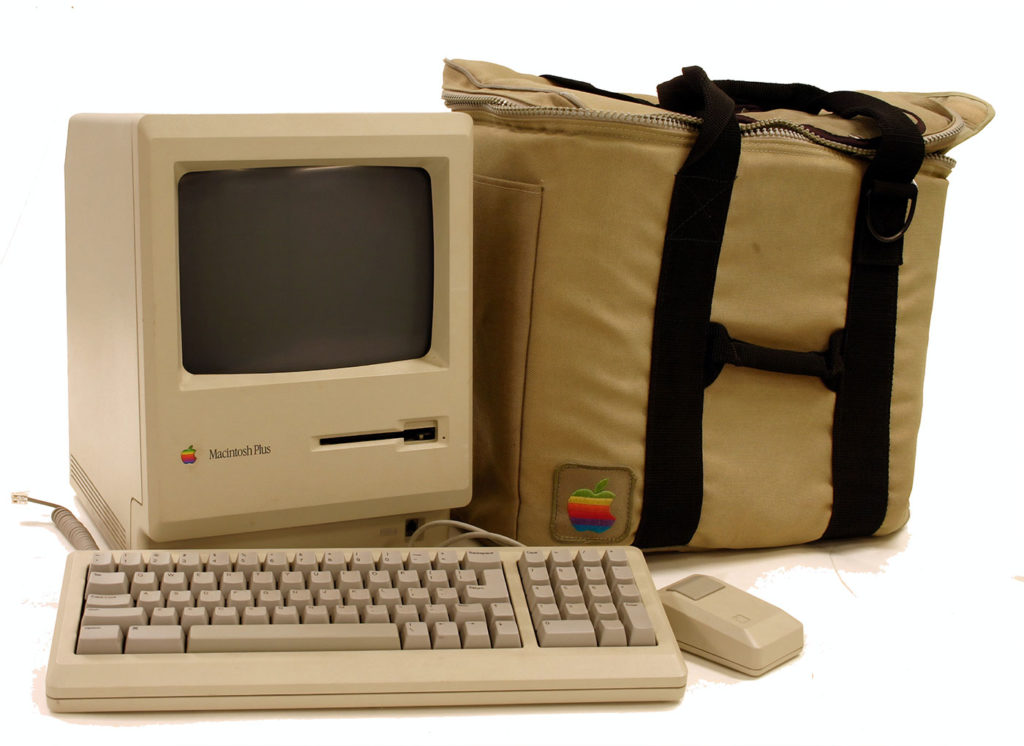
Technology plays a significant part in our daily lives. Who knows where we’d be today without the wonders of the internet? Technically, the internet existed for government researchers to do their jobs more effectively sometime in the 1960s. Still, January 1, 1983, is widely regarded as the day the internet was born. This was the first time a standardized way for different computer networks to communicate was established. To celebrate National Technology Day today, May 11, we thought we’d discuss a brief history of the internet.
The Precursor of Modern-Day Internet
In the 1960s, the United States government launched a closed-circuit form of the internet to allow researchers to share vital information more quickly and securely to streamline their research. Computers, when first invented, were nothing like they are today. They were immobile and so bulky that they often occupied an entire room. To gather information stored within them, you had to go to the physical computer and extract it or obtain a magnetic computer tape.
Quickly, though, a need for an even more convenient way to store and share information was needed due to the Cold War. Government officials viewed Russia’s launch of Sputnik as an indication that potential nuclear war was on the horizon, leading them to search for an easier form of information distribution to be prepared if nuclear fallout occurred. This led to the United States to create, Advanced Research Projects Agency Network (ARPANET), the internet’s predecessor.
From ARPANET to Internet
During the 1970s and into the early 1980s, ARPANET began to evolve into something more resembling what we know as the internet today. Becoming more widely accessible, the internet quickly became more than just a way to easily store and share information. It standardized long-distance communication between computer networks, and their users, and revolutionized computer usage.
The new communication method between computers was called Transfer Control Protocol/Internet Protocol (TCP/IP). This new form of communication between computers became the standard alternative to ARPANET and the Defense Data Network, so on January 1, 1983, the internet was officially born.

The History of Internet Domains
Websites use a domain as part of the web address. The most recognizable of these is probably “.com.” This was the first internet domain, and it stands for .commercial. It was initially intended to indicate that a website using this domain was registered by a commercial organization. Nowadays, though, many websites use the .com domain as the default. The first website to have a .com domain was Symbolics.com, on March 15, 1985.
Other common internet domains include:
- .net, first used by Nordu.net in 1985.
- .org, first used in July 1985.
- .edu, first used by UCLA in April 1985.
According to Forbes, “There are 1.13 billion websites in the world, only a fraction of these are actively used and updated. A staggering 82% are inactive, meaning only 200,121,724 of the 1.13 billion websites are actively maintained and visited.”
The World Wide Web
Just like a building address, the internet uses addresses as well, called URLs (Uniform Resource Locators). The most common prefix is “www,” which stands for World Wide Web, a collection of web pages accessible through a wider internet network.
The World Wide Web was first conceptualized in 1989, and it wasn’t until 1991 that a British computer scientist named Tim Berners-Lee published the world’s first webpage. This webpage functioned as an instruction manual on how to use the World Wide Web. This website, info.cern.ch, primarily focused on creating web pages and explained what hyperlinks were.
The Unique Story of the Webcam’s Invention
One popular form of entertainment online is video and live-streaming media. Many online personalities use a webcam to create these forms of content. While profit and public benefit motivate most modern-day technology advances, the invention of the webcam is a different story entirely.
At Cambridge University, in 1991, a group of researchers started to get increasingly frustrated that the coffee pot was seemingly empty. Whoever was pouring the last cup didn’t brew a fresh pot.
After repeated attempts to change this behavior, they decided to invent a way to know if there was any coffee readily available before heading to the breakroom to pour a cup. To do this, they set up a camera that they custom-programmed to take a picture of the coffee pot three times every minute. The camera sent these images to a server each team member could access from their computers. Thus, the first webcam was born.
National Technology Day
Since then, the internet has continued evolving and rising to meet the public’s ever-growing needs. Wireless internet, for example, was first introduced to the public in 1997 and was made even more popular by the well-known tech company Apple in 1999. With all the remarkable strides we’ve made in improving technology in the last few decades, who knows what we’ll do with the internet in the next few decades?
The internet is a tool that we can use for virtually anything, including (but not limited to) communication, research, and entertainment. Whatever you need, there’s probably a website out there for it. So today, National Technology Day, take a moment to appreciate the many benefits we experience daily due to our progress with technology and the internet over the years.